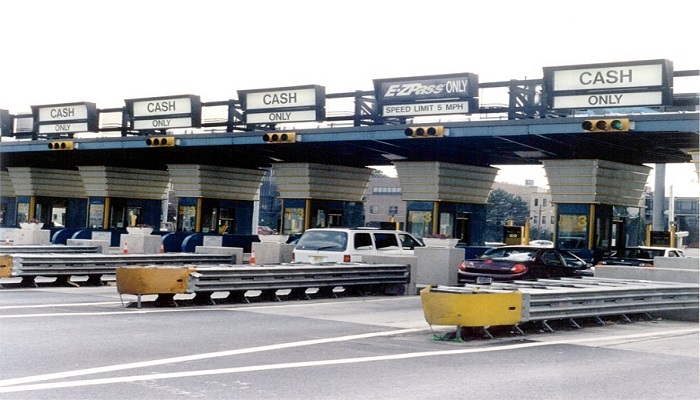
Toll Collection in July-September period reached a highest and is standing at 11% higher year on year, which is also the highest among the five quarters. The rise in toll collection is attributed to an increased traffic which was evident from August. toll collection was severely affected soon after the Demonetisation in November last year, a clutch of road collected Rs. 873.89 crore.These are roads developed by IRB Infrastructure, Ashoka Buildcon and Sadbhav Infrastructure Project (SIPL). Nitin Patel, the non-executive director, SIPL, said, he expects the growth rate in traffic to pick up further from Q3FY18 onwards. He told FE, “The trend is improving. I expect the roll-out of the GST will have an increasingly positive impact on traffic growth in the next six months. Already, the cost of transportation has reduced for fleet-owners and the entry tax issues have been resolved at state borders, but the main saving has been in the turnaround time. We expect even more impressive growth on our Hyderabad-Yadgiri toll (HYTPL) road, due to steadily rising commercial traffic.” SIPL’s HYTPL project saw a year on year rise of revenue growth of over 26% in Quarter 18.
He added: “Our project on National Highway 6 connects the resource-rich east to the consumption centers in the west of India. We see a lot of mining-related and auto transport traffic. Urban projects like Dhankuni have also experienced good growth due to significant local growth at adjacent manufacturing centers and port traffic.” A pick-up in the local economy at Belgaum-Dharwad in Karnataka and an increase in mining-related and manufacturing activity greatly benefited the company’s Jaora-Nayagaon toll project. This project clocked a y-o-y growth of 18.2%. “We are also seeing a significant increase in the light commercial vehicles (LCV) category on several assets. These are all local-economy driven,” Kataria added. IRB’s Jaipur-Deoli road (now part of IRB InvIT), too, saw an 18% growth in its second quarter y-o-y revenue but this could be impacted in the third quarter due to the ban on sand mining in Rajasthan imposed by the Supreme Court in November and due to which demand for other building materials such as bricks and cement has already fallen. The company’s Tumkur – Chitradurga road project in Karnataka (also part of InvIT) clocked a revenue growth of 11% y-o-y as mining activity remained robust. Encouragingly, toll collections and traffic on roads in the mining belt in central and eastern India – Chhattisgarh, Odisha and West Bengal – saw an improvement after the muted growth in the previous quarters.
IRPB’s Mumbai-Pune road continued to collect good toll whereas SIPL’s Ahmedabad Ring road route saw a decline. Devam Modi, Research Director at Equirus Securities said the migration to MAVs had hurt traffic growth in the past few quarters. “For every five 2/3-axle trucks, you had two MAVs that came in as replacements; although tonnage increased due to an increase in the movement of commodities, this was not evident in the overall growth in traffic,” he explained. While the lower tonnage trucks were charged Rs 2.20 – Rs 2.40 per km as toll, the MAVs are charged Rs 3.20 – 3.40. Hence, toll operators are now collecting Rs 7.00 as against Rs 11 earlier. However, Modi added, “Most of the migration to MAVs has already happened and I expect traffic growth will now be more sustainable at a pace of 10% or better over the next two years.”

Post Your Comments